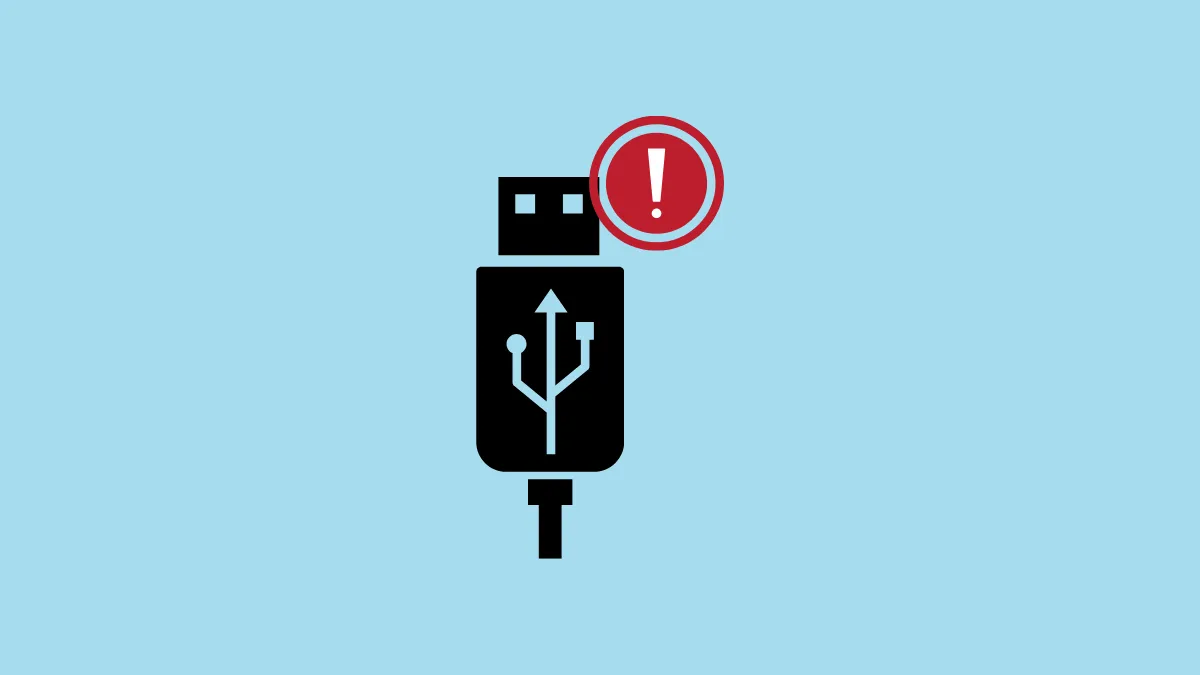A USB Composite Device refers to a single USB device that supports multiple functions, such as a printer with scanning and fax capabilities or a webcam with a built-in microphone. The USB Composite Device Driver facilitates communication between the operating system and these multifunctional USB devices. When this driver encounters issues, it can result in devices not being recognized or functioning improperly.
1. Update the USB Composite Device Driver via Device Manager
Updating the driver through Device Manager is often the most effective way to resolve driver-related issues.
- Press
Windows + Rto open the Run dialog. - Type
devmgmt.mscand pressEnterto open Device Manager.
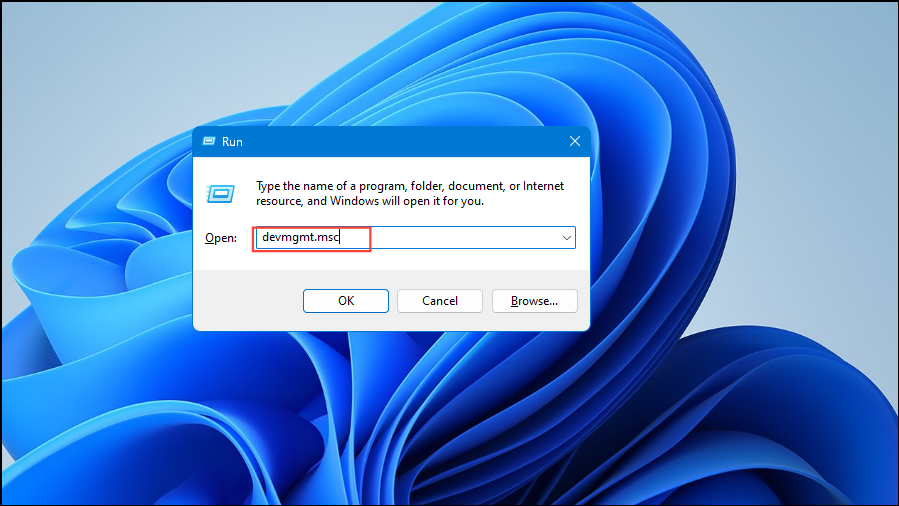
- Expand the Universal Serial Bus controllers section.
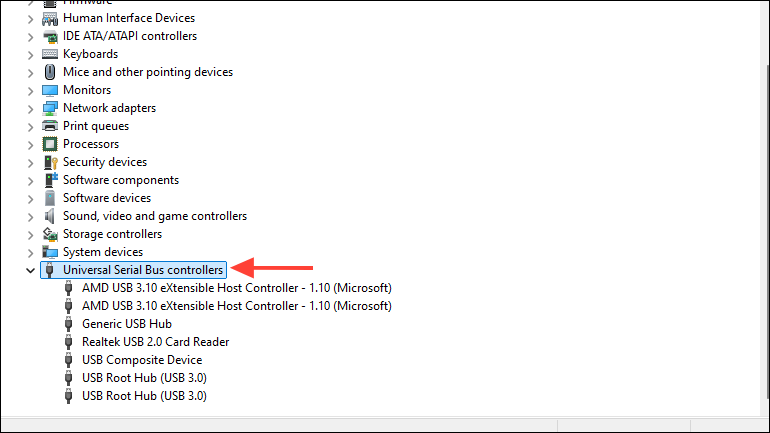
- Right-click on USB Composite Device and select Update driver.
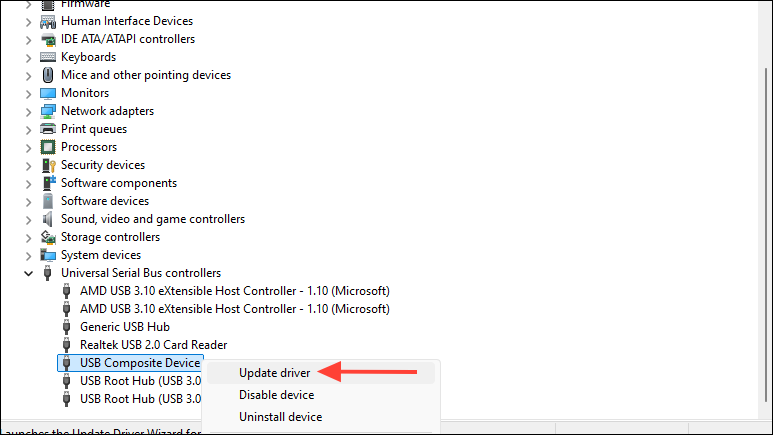
- Choose Search automatically for drivers.
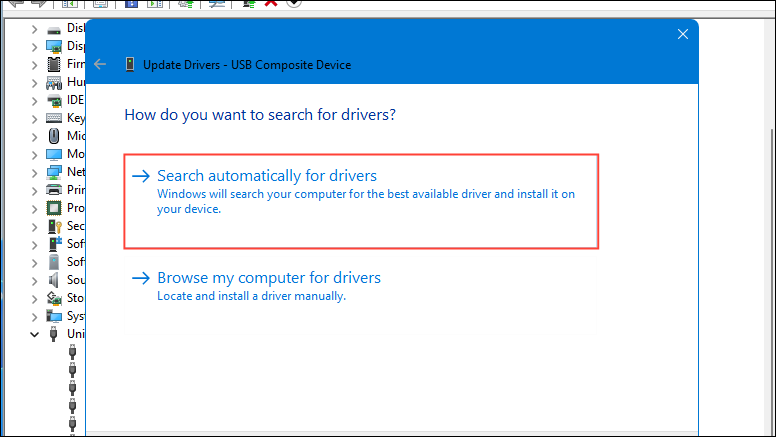
- Allow Windows to search for and install the latest driver.
- Restart your computer to apply the changes.
2. Manually Update the USB Composite Device Driver
If Windows cannot find an updated driver automatically, you can manually install it from the manufacturer's website.
- Visit the manufacturer's support website for your USB device.
- Download the latest driver compatible with Windows 11.
- Extract the downloaded driver files if they are in a compressed format.
- Open Device Manager by pressing
Windows + R, typingdevmgmt.msc, and pressingEnter.

- Expand Universal Serial Bus controllers.

- Right-click on USB Composite Device and select Update driver.

- Choose Browse my computer for drivers.
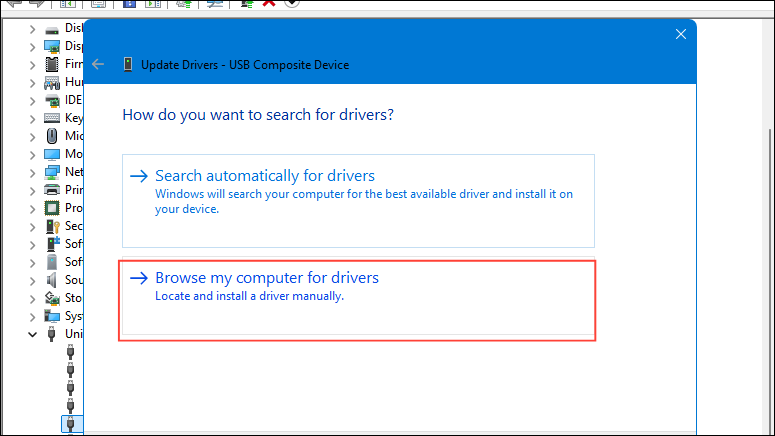
- Click Browse and navigate to the folder containing the downloaded driver files.
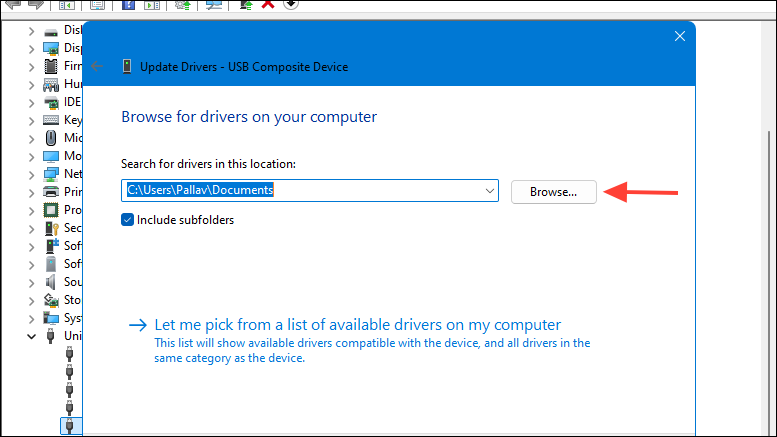
- Select the folder and click OK.
- Ensure the option Include subfolders is checked, then click Next.
- Follow the on-screen instructions to complete the installation.
- Restart your computer to apply the changes.
3. Reinstall USB Controllers
Reinstalling USB controllers can resolve conflicts and refresh the USB drivers.
- Open Device Manager by pressing
Windows + R, typingdevmgmt.msc, and pressingEnter.

- Expand Universal Serial Bus controllers.

- Right-click on each entry labeled USB Composite Device, Generic USB Hub, or USB Root Hub and select Uninstall device.
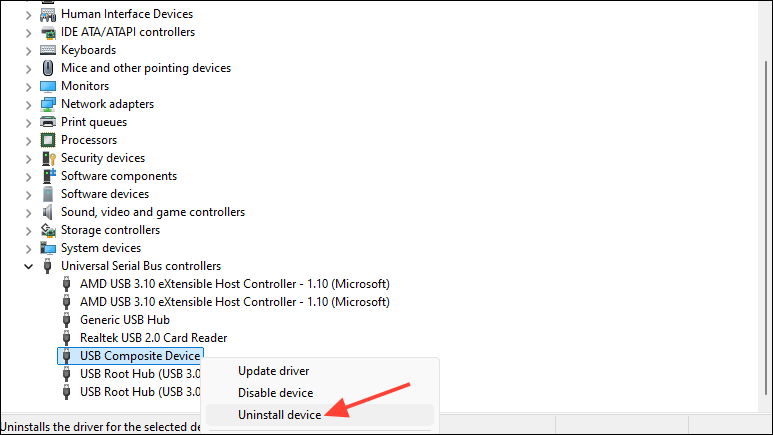
- Confirm each uninstallation if prompted.
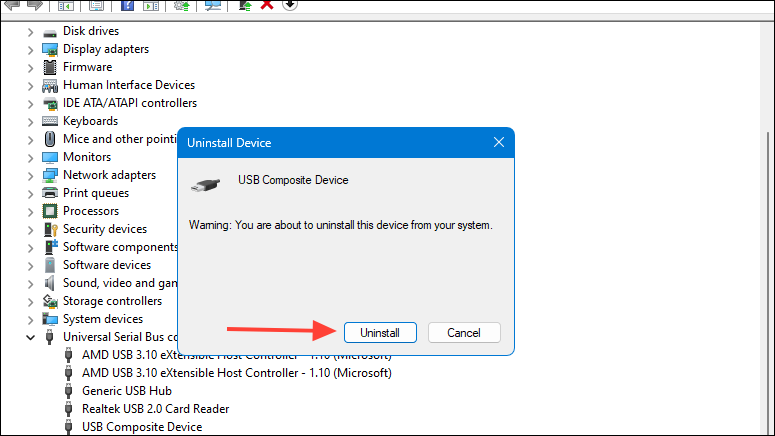
- Once all USB controllers are uninstalled, restart your computer.
- Windows will automatically reinstall the USB controllers upon reboot.
4. Run the Hardware and Devices Troubleshooter
Windows 11 includes a built-in troubleshooter that can detect and fix hardware issues.
- Press
Windows + Ito open Settings.

- Navigate to System and select Troubleshoot.
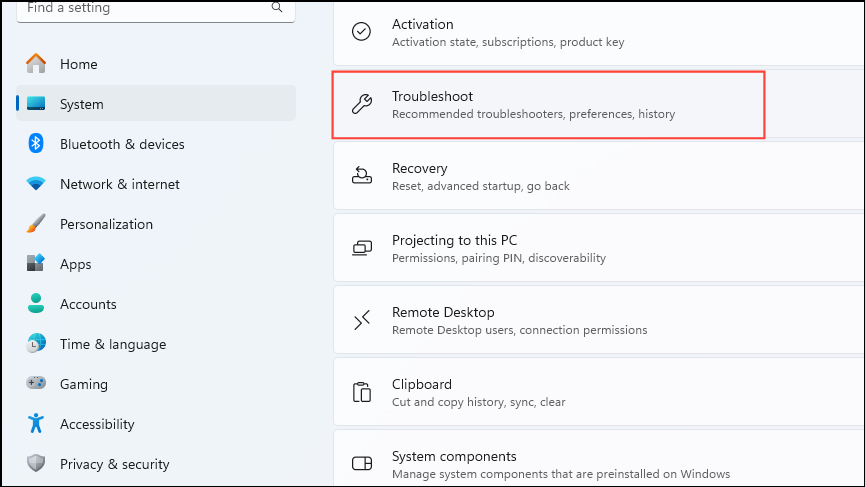
- Click on Other troubleshooters.

- Find Hardware and Devices and click Run.
- Follow the on-screen instructions to complete the troubleshooting process.
- Restart your computer if prompted.
5. Disable USB Selective Suspend Setting
Disabling the USB selective suspend setting can prevent the system from turning off USB devices to save power.
- Press
Windows + R, typecontrol, and pressEnterto open Control Panel.
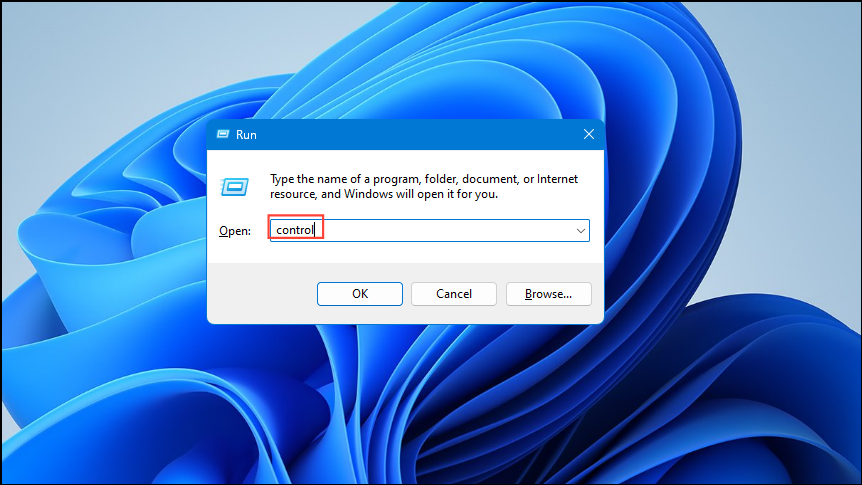
- Click on Hardware and Sound, then select Power Options.
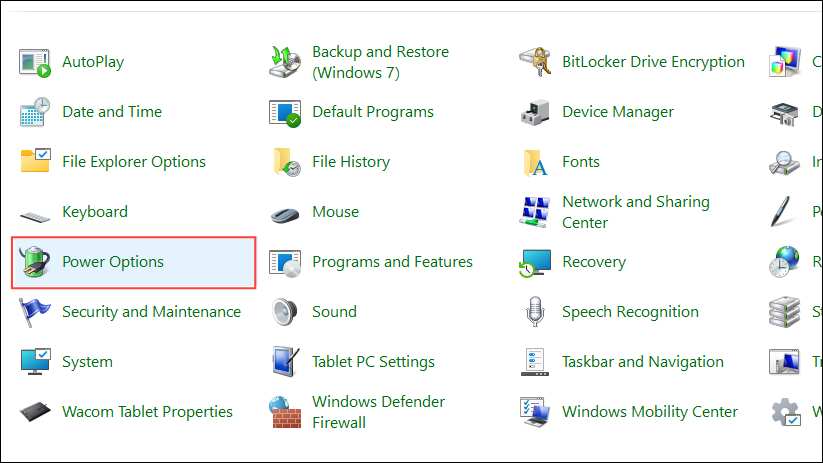
- Click on Change plan settings next to your current power plan.

- Select Change advanced power settings.

- In the Power Options dialog, expand USB settings.

- Expand USB selective suspend setting.
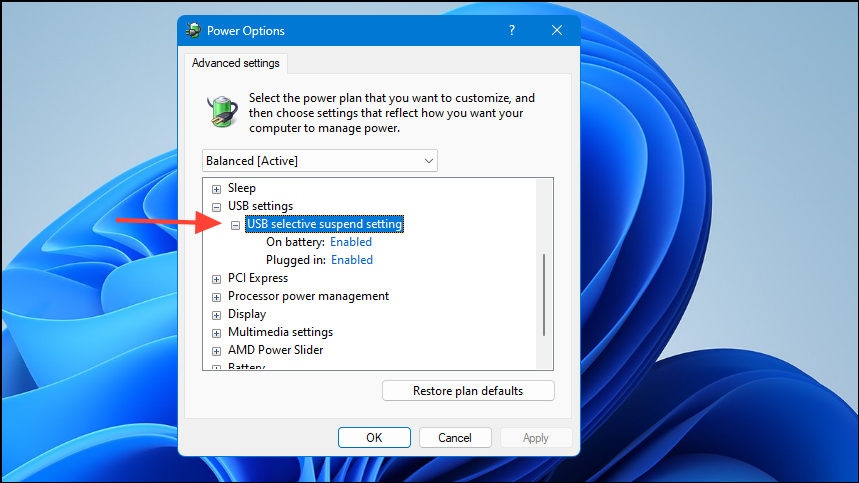
- Set the setting to Disabled for both On battery and Plugged in (if applicable).

- Click Apply, then OK.
- Restart your computer to apply the changes.
6. Check for Windows Updates
Updating Windows can resolve known issues and install necessary driver updates.
- Press
Windows + Ito open Settings.
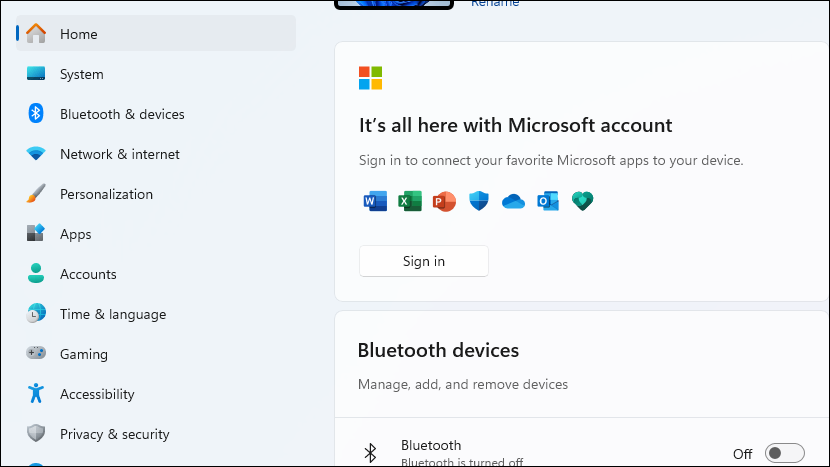
- Click on Windows Update in the left pane.
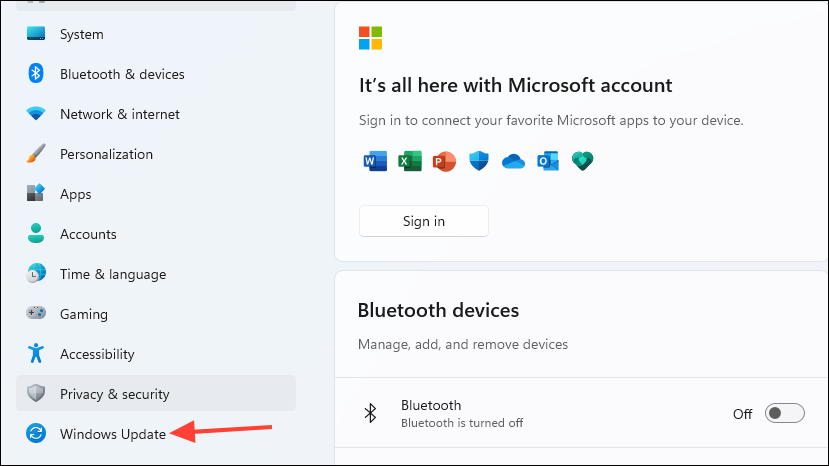
- Click Check for updates.
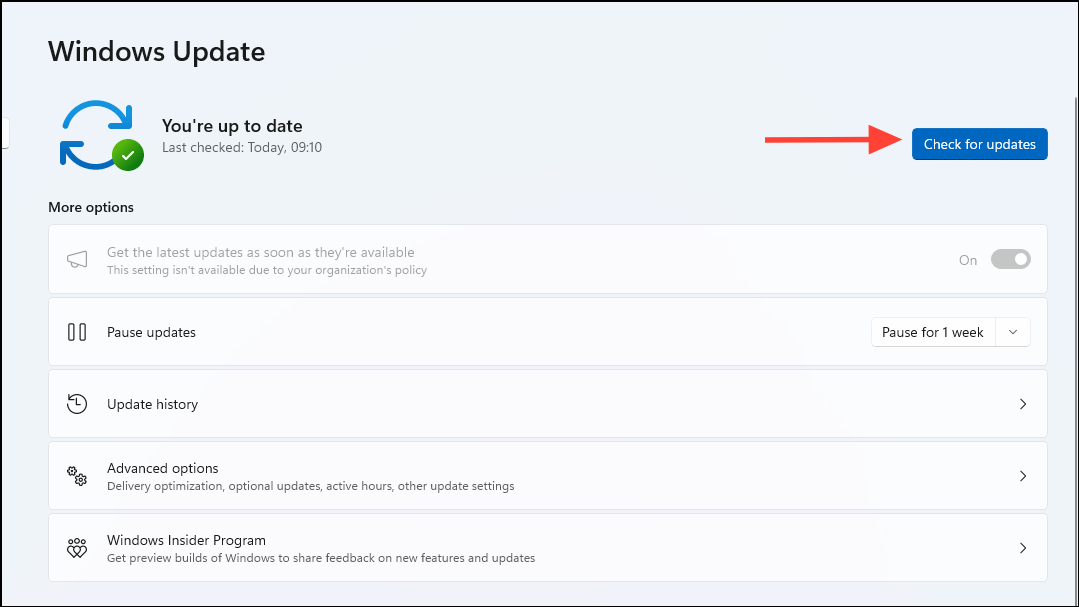
- If updates are available, click Download and install.
- Allow the updates to install, then restart your computer if prompted.
7. Check Physical Connections and Try Different USB Ports
Sometimes, the issue may be due to a faulty USB port or a loose connection.
- Unplug your USB device from the current port.
- Inspect the USB cable and port for any visible damage or debris.
- Connect the USB device to a different USB port.
- If possible, try connecting the device to another computer to rule out hardware issues.
- If the device works on another computer, the issue may be with your PC's USB ports or settings.
By following these methods, you should be able to resolve the USB Composite Device Driver error on your Windows 11 computer and restore functionality to your USB devices. If the problem persists, consider reaching out to the device manufacturer's support or consulting professional technical assistance.

